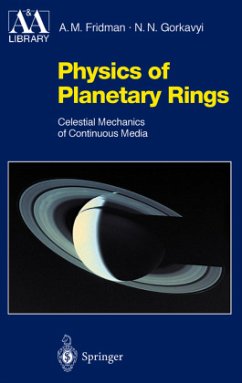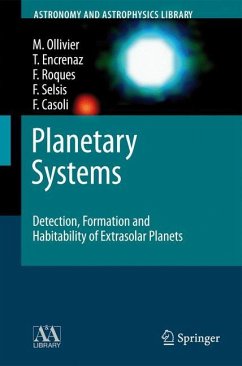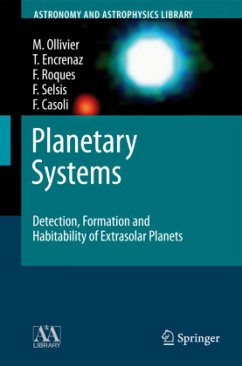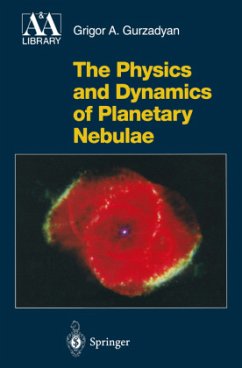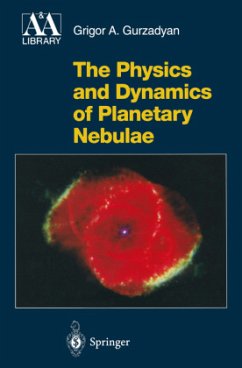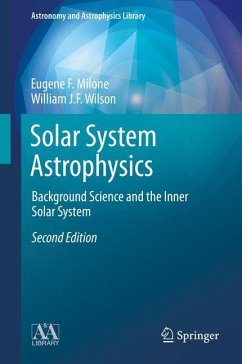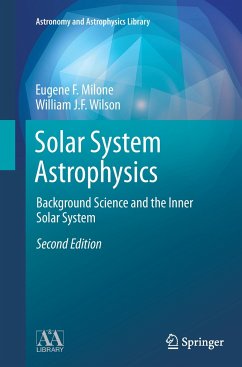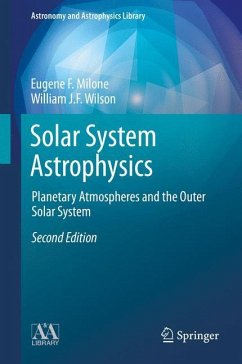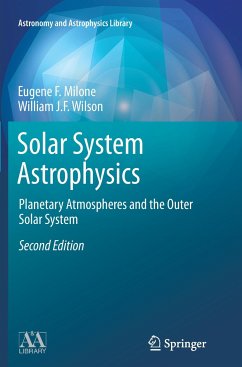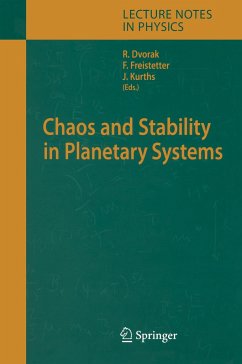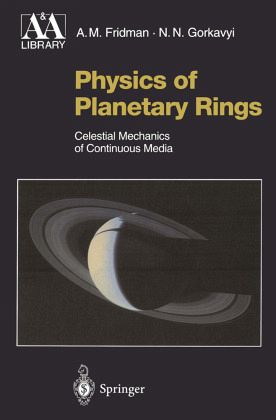
Physics of Planetary Rings
Celestial Mechanics of Continuous Media
Übersetzung: Haar, D. ter
Versandkostenfrei!
Versandfertig in 6-10 Tagen
75,99 €
inkl. MwSt.
Weitere Ausgaben:

PAYBACK Punkte
38 °P sammeln!
Physics of Planetary Rings describes striking structures of the planetary rings of Saturn, Uranus, Jupiter, and Neptune: Narrow ringlets, spiral waves, and a chain of clumps. The author has contributed essential ideas to the full understanding of planetary rings via the stability analysis of dynamical systems. The combination of a high-quality description, the set of interesting illustrations, as well as the fascinating and natural presentation will make this book of considerable interest to astronomers, physicists, and mathematicians as well as students. There is no competing text for this bo...
Physics of Planetary Rings describes striking structures of the planetary rings of Saturn, Uranus, Jupiter, and Neptune: Narrow ringlets, spiral waves, and a chain of clumps. The author has contributed essential ideas to the full understanding of planetary rings via the stability analysis of dynamical systems. The combination of a high-quality description, the set of interesting illustrations, as well as the fascinating and natural presentation will make this book of considerable interest to astronomers, physicists, and mathematicians as well as students. There is no competing text for this book so far.





